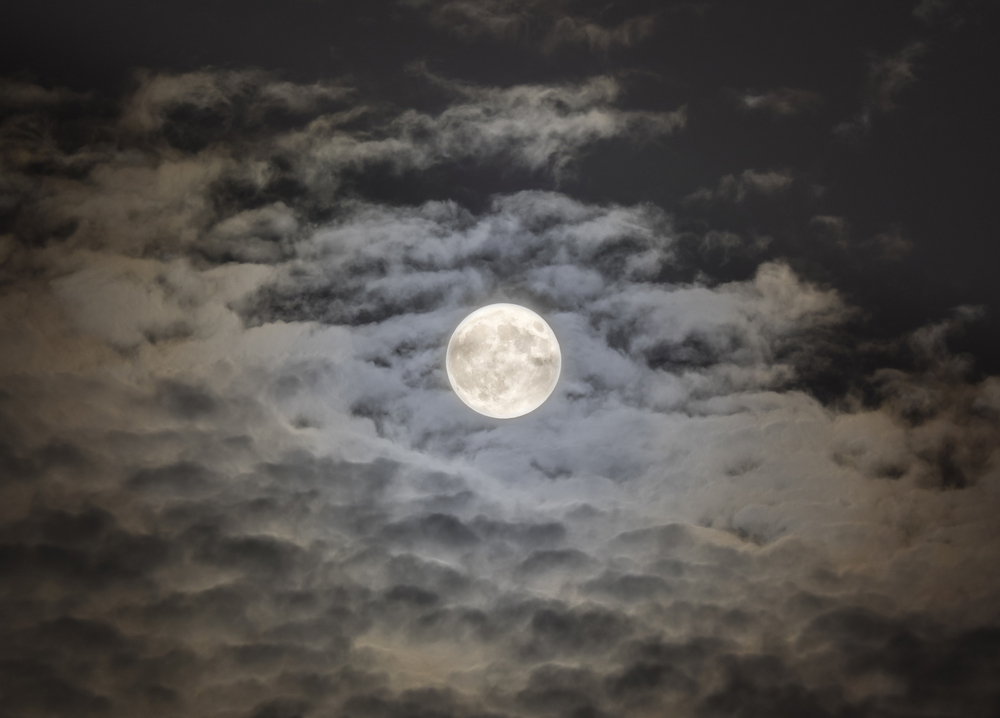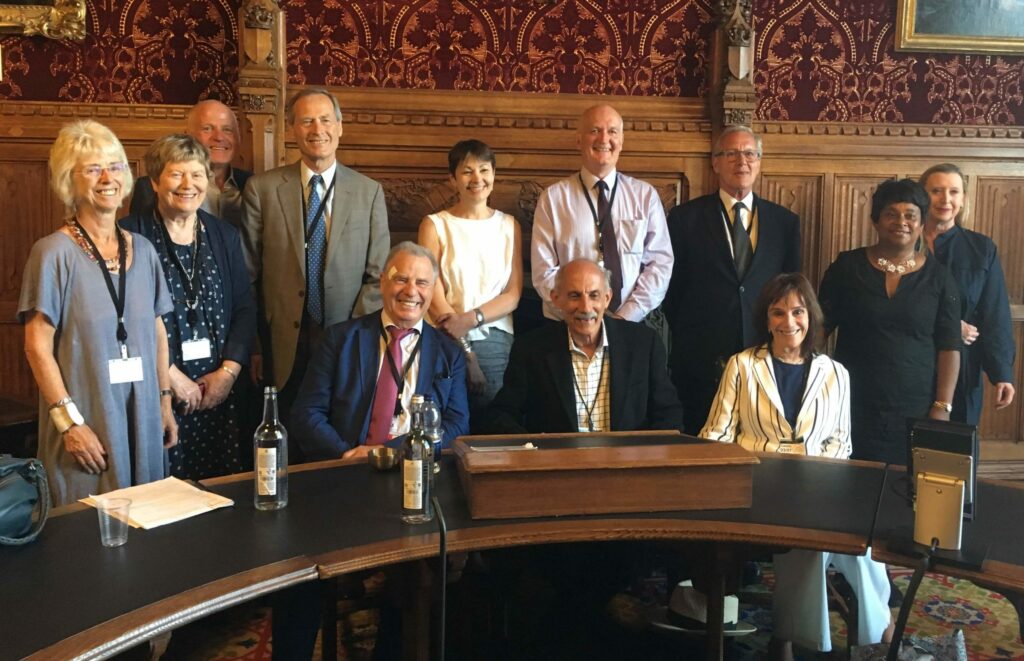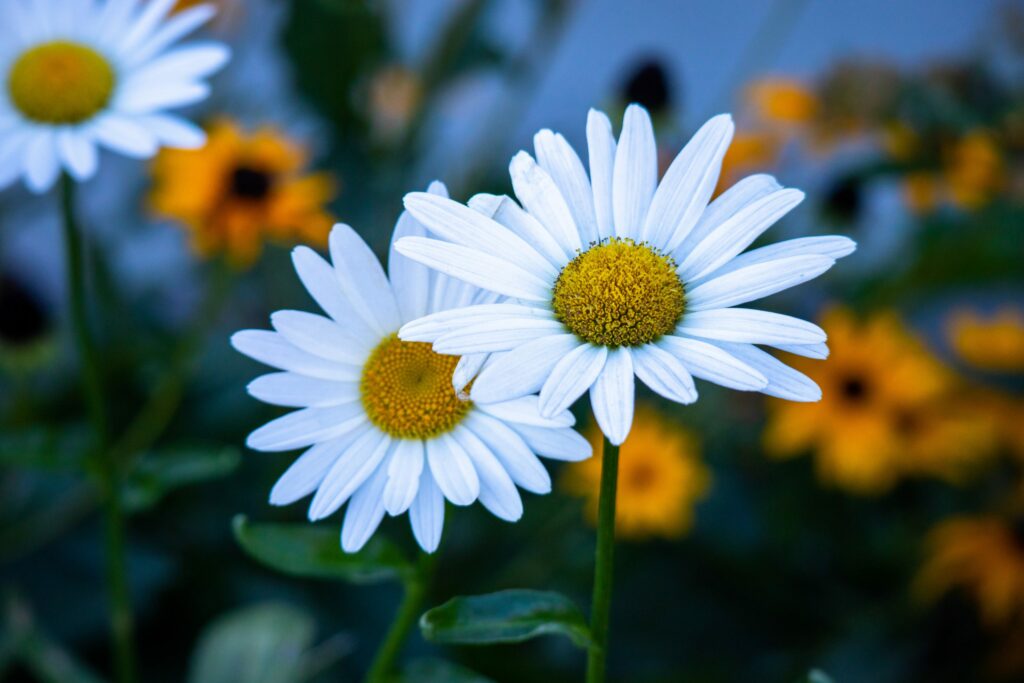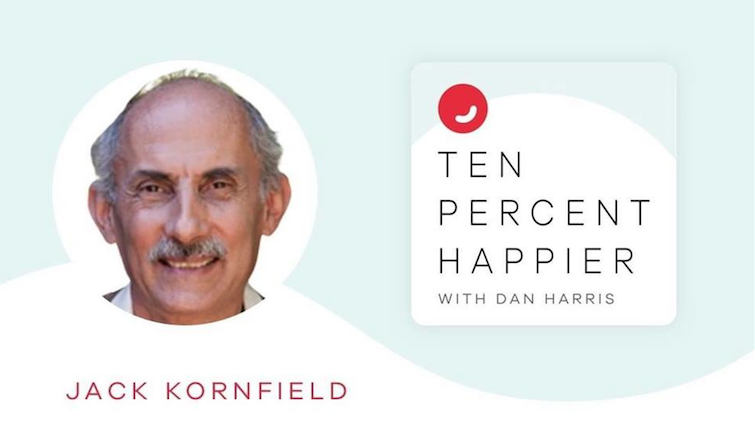Marcel Proust once said, “The real voyage of discovery lies not in finding new landscapes but in having new eyes.” Buddhist practice gives us new eyes. It offers an invitation to awe. Several years ago the great Hubble telescope was turned toward the darkest square-inch spot in the sky to collect any stray light that happened to appear. To their amazement, Hubble astronomers found in that square inch images of a billion distant, unseen galaxies. Equally amazing, when we turn our lenses from the large to the small, we see cells, molecules, atoms, sub-atomic particles and energy, an astonishing universe unfolds, as vast as a galaxy in each grain of sand. Looking in yet another direction, microbiologists see that one tablespoon of rich soil contains a billion life forms, insects, bacteria, fungi, all living and dying in a vast collaboration that forms the planetary web of life.
What is most amazing of all is that we can spend days, even months, where we take the mystery for granted. Of course, our automatic habits serve us and help us function. We might have a hard time functioning if we were in a constant state of awe. But the all too common deadening of our senses is far from the middle path. Naturalist Annie Dillard reminds us of the power of this mystery. “If the landscape reveals one certainty, it is that the extravagant gesture is the very stuff of creation. After the one extravagant gesture of creation in the first place, the universe has continued to deal exclusively in extravagances, flinging intricacies and colossi down aeons of emptiness….The whole show has been on fire from the word go.”
We are a part of this mystery. Our eyeballs and eardrums, our voices and emotions, our delusion and awakening are woven together with, contained within, the mystery. We not only are witness to this mystery—we are the mystery looking at itself.
People who come to Buddhist psychology hope that it will help them with the ordinary sufferings of their life, and often it will. But a deeper current flows through Buddhist practices and teachings, an opening to mystery. When I sit with a student, I do not just want to help them solve their problems. I want to find a moment with each person where their mind stops and their eyes open. I want to be together as if we were lying in a field on a clear summer night, held only by the magnet of gravity, looking down into a bottomless sea of stars. I want them to remember the beauty all around.
Patricia comes in sick and frightened, but if she can let go and sense the precious and ephemeral dance of her days on this timeless earth, it is a blessing. If Sean can step out of being the injured child and appreciate the mysterious dance that led to his adoption and current search for his birth mother, his heart becomes wise. If Marylinda can release her worries about retirement and sense the grace that has carried her and her children for 24 years, then our work is a success.
This excerpt is taken from the book, “The Wise Heart”






